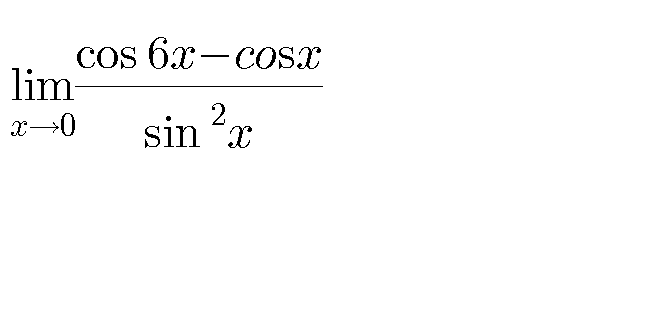
AllQuestion and Answers: Page 1848
Question Number 25475 Answers: 0 Comments: 0

Question Number 25474 Answers: 0 Comments: 0

Question Number 25472 Answers: 1 Comments: 0
Question Number 25468 Answers: 0 Comments: 0

Question Number 25460 Answers: 1 Comments: 2

Question Number 25457 Answers: 1 Comments: 0

Question Number 26949 Answers: 0 Comments: 2
Question Number 25447 Answers: 0 Comments: 1

Question Number 25446 Answers: 0 Comments: 0

Question Number 25444 Answers: 1 Comments: 8

Question Number 25441 Answers: 1 Comments: 0
Question Number 25425 Answers: 0 Comments: 0
Question Number 25462 Answers: 1 Comments: 0
Question Number 25414 Answers: 1 Comments: 0
Question Number 25410 Answers: 0 Comments: 0

Question Number 25407 Answers: 0 Comments: 4
Question Number 25397 Answers: 0 Comments: 2
Question Number 25431 Answers: 0 Comments: 6
Question Number 25480 Answers: 0 Comments: 0

Question Number 25780 Answers: 1 Comments: 0
Question Number 25390 Answers: 1 Comments: 0
Question Number 25387 Answers: 1 Comments: 0
Question Number 25381 Answers: 1 Comments: 0
Question Number 25379 Answers: 2 Comments: 0
Question Number 25378 Answers: 1 Comments: 0
Question Number 25377 Answers: 1 Comments: 0

Pg 1843 Pg 1844 Pg 1845 Pg 1846 Pg 1847 Pg 1848 Pg 1849 Pg 1850 Pg 1851 Pg 1852
